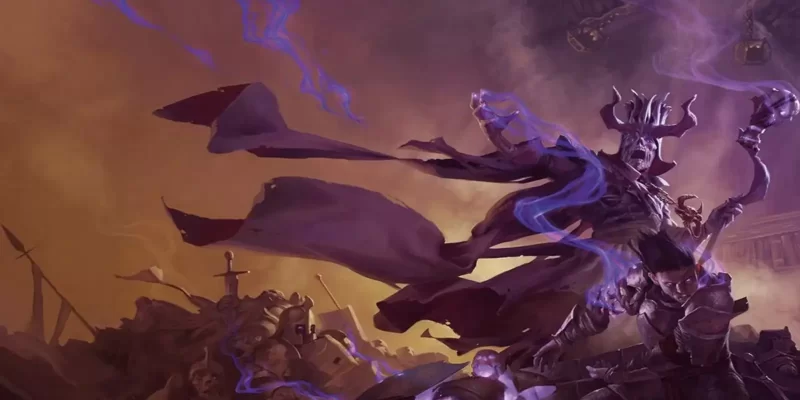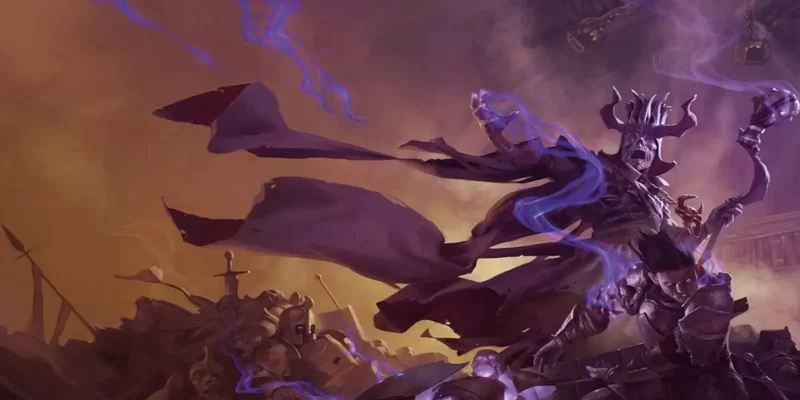When the 5e Dungeon Master's Guide DMG came out back in 2014, I read it from cover to cover. I've decided to re-read the 5e DMG to re-discover anything I impatiently overlooked on my first read-through, and I'm going to review it chapter by chapter. In this post, I'm covering Chapter 3 and 4, "Cre...
If you've ever played the Shadowrun Returns, Shadowrun Dragonfall, or Shadowrun Hong Kong video games, then you may have developed an interest in the Sixth World.
Building an RPG character is complex. While Shadowrun's character build process is explained well in the 5th Edition Core Rulebo...
When the 5e Dungeon Master's Guide DMG came out back in 2014, I read it from cover to cover. I've decided to re-read the 5e DMG, though, to re-discover anything I impatiently overlooked on my first read-through, and I'm going to review it chapter by chapter. Chapter 2 is titled "Creating a multive...
Building an RPG character is complex. While Shadowrun's character build process is explained well in the 5th Edition Core Rulebook, there's a lot to filter out because there are so many possibilities. This post describes a linear build process for a Shadowrun magic user character, and is designe...
When the 5e Dungeon Master's Guide DMG came out back in 2014, I read it from cover to cover. I knew I'd be running games, so I needed to know about the rules of the world. That is, of course, what the DMG is. It contains the rules for things that aren't the player characters themselves, but that i...
Building a character in Shadowrun is a lot of fun. It's not quite the roller coaster that Traveler or Dead Earth are (for instance, you can't die during character creation in Shadowrun), but it's a detailed system in which you map out your character's life and education prior to running the shad...
I believe I've reached a definitive conclusion about the organisational structure of most 5e books. I don't know what it is about the way 5e books are put together, but I have yet to find even one that entirely makes sense to me. This isn't a complaint I make lightly, because I see how much informat...
I mostly play Pathfinder and 5e D&D, but if asked, I do also consider myself an AD&D 2nd edition player. In fact, emotionally I consider 2nd edition "my edition" because it for that edition I rolled my first characters (which I then never played, because my parents forbade it), and I read Dragonlanc...
Quick reference is invaluable during a D&D game. Even when you know the page numbern of important tables by heart, sometimes the book you need is in use by another player, or you're already elbows deep into 3 other books as it is, or you just don't have room on the table or your lap for another book...
Have you ever thought about how teleportation works? Because it's imaginary, we don't often wonder about the details. It's magic, and that's good enough. Usually. Unless, that is, you're playing a game relying on a series of logical connections to render a predictable and repeatable result. In real...
Lately I've been playing a lot of D&D online, and the games often only last for the duration of a single module. Groups come together to play through a 20 or 30 page adventure, the game lasts for a few sessions, and then ends. (My current online gaming group, admittedly, was only supposed to game to...
I was reading through a published adventure a few days ago, and noticed something odd about the way it got started. As written, the player characters are meant to wander into the game world individually, and then meet one another as they travel. The module tells the Dungeon Master to prompt each pla...
In a previous post, I explained why I love alignment in D&D, but I acknowledged that it doesn't have to work for everyone. I also admitted that I'd recently discovered an alternative to the system, but I didn't say where I'd found it.
When I bought the book Guildmasters' Guide to Ravnica, I w...
I'm a big fan of the alignment system in D&D, and have been since I learned about it in the original DragonLance Adventures book. I used to think that there could be nothing to lure me away from it, especially not in the context of D&D. I'll admit that recently there's been a system that has appe...
As a DM, one of my self-appointed tasks during the initial reading of an adventure is to identify the major plot points. These are vital because they're the "map" for what I can emphasize to make the adventure feel coherent. It's also the map for how the characters make progress.
If I forget t...
I've written about one shots before, and one of my tips for a successful quick game of D&D is to bring prebuild characters. However, there are two potential problems with that advice:
Somebody needs to build those characters
A player may want to build their own character just for the...















